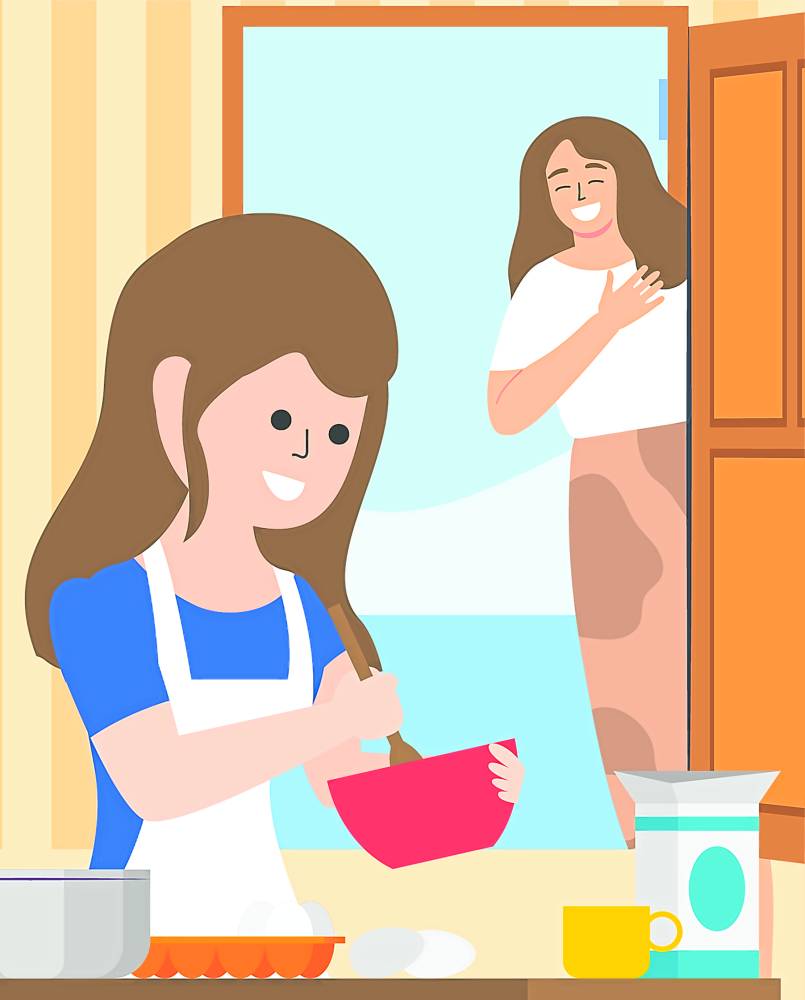Up until very recently, my preschooler had no clue that she could actually bring home any toy she wanted from a toy store (providing mama pays for it, of course).
We would go to the mall to pay bills or run errands, and to entertain her, we’d stop by the toy store so she could walk around, carefully touch everything in sight, play with the open samples, and when the time was up, put the toy down and walk away, usually with a wistful parting look.
Sometimes, she would ask for a few more minutes, but usually, there were never any problems. When we had to buy a gift for a birthday party, she thought the salesmen were just being generous and giving us a toy for her friend.
But as the song goes, “Some good things never last.” The cat is out of the bag now, and worse, I have a toddler who, in contrast to his sister, thinks he has the right to bring home everything he can get his little hands on.
While I don’t think Adriana’s ready for money talk just yet, I realize it might be time to start setting the stage for it if I want her to start learning the right things.
So far, with regards to money, the only thing she knows how to do is hoard coins in her little purse that she brings around everywhere we go. Sometimes, when I am paying at the cashier and she is in the mood, she will offer to pay for our bill with all of P1.85.
She’s not 4 years old yet, so I think money and its usage are not among the things she can successfully manage. However, there are some concepts that I think she can start learning little by little.
Here are the things I’ve started with.
First things first: Her things aren’t free. Every time she intentionally wastes something (usually her shampoo) or breaks a toy, I tell her that it cost me money to buy it, and not to waste it.
Ice cream money
She used to tell me to just buy her a new one. I tried to teach her about the value of money by telling her that I would have to use the money I set aside for ice cream to do so. Ever since that example, she stopped telling me to just buy a replacement. She has been a bit more careful with her things.
Initially, she also seemed to have this idea that money would magically appear every time I went to an ATM. Lately, I’ve been trying to show her that I actually go to the bank to deposit pay slips, so she knows that it still has to come from work, and that we can only spend what we earn.
I have Disney’s “The Princess and the Frog” to thank for the next lessons. I had never seen the movie, but upon Adriana’s request, picked up the book in the bookstore one afternoon.
All the while, I thought it would be another fairy tale about princesses and curses, but as I read the book, I realized I was mistaken. It actually served as a pretty good guide on some financial concepts.
In the story, the protagonist, Tiana, comes from a family of modest means but dreams of one day owning her own restaurant. The story shows Tiana working hard to earn enough to make her dream come true, even doing double shifts on the day of the big party.
In sharp contrast, the villain, Dr. Facilier, tries to simply steal the money of the rich man in town.
This was the cue to teach her about the value of working hard to earn a living and turn dreams into reality. Soon, she was off asking everyone why they work, as well.
She thought everyone wanted to open his own restaurant like Tiana, but eventually, learned the different goals of people, such as sending their children to school, traveling or buying a house.
From the same story, she also picked up the lesson that it is wrong to take money that one did not work for.
Another money tip I picked up from a friend was never simply say, “We don’t have money,” as an excuse not to buy items children ask for. My friend explained that doing so will not teach them lessons on restraint and budget. It simply makes them wait for the day they have enough cash to let loose and go crazy with their purchases.
An honest, thorough explanation will take more time.
In the long run, we should train them to be more critical of what they buy, and more prudent. They should learn that having money does not mean you can spend it all.
Priority expenses
My friend added that if you do use the “no money” line, it would be wise to explain why there is none for the item. Define the priority in the family budget, such as food and education, so the child understands why there is “no money” for the item asked for.
This is as far as I’ve come trying to teach Adriana about money.
Recently I came across a nice piece of advice in an article I read. It suggested buying three piggy banks for the three S’s: Spending, Sharing and Saving.
Giving the child small bills and coins makes it easier to consistently divide it among these categories, with parent and child discussing how much percentage must go into each area. Once the “Saving” piggy bank has enough, it’s time to open that first kiddie savings account to teach them to prepare for rainy days.
Having the three banks trains a child, early on, to start budgeting properly, and makes sharing a natural instinct as they get older.
Sometimes, it’s not just the children who need a little training. One magazine article I read pointed out a common mistake parents make in raising children.
It said that it’s easy for successful families to spoil their children when they think they are simply providing things they never had or experienced in their youth, especially in this day and age when there are so many opportunities.
But rather than giving them the luxuries the family couldn’t afford when the parent was still a child, it suggested focusing on letting them experience the same simple pleasures he/she enjoyed while growing up.
There are many reasons a child must learn and develop financial intelligence, and at this stage, to quote another cheesy love song playing in my head, “We’ve only just begun.”
There’s the practical need to stay alive and feed your family in the future. There are the equally valuable concepts of not being greedy or foolish, and learning to live within your means.
But for now, I’m just ensuring that I can still walk into a toy store without worrying about meltdowns.













































